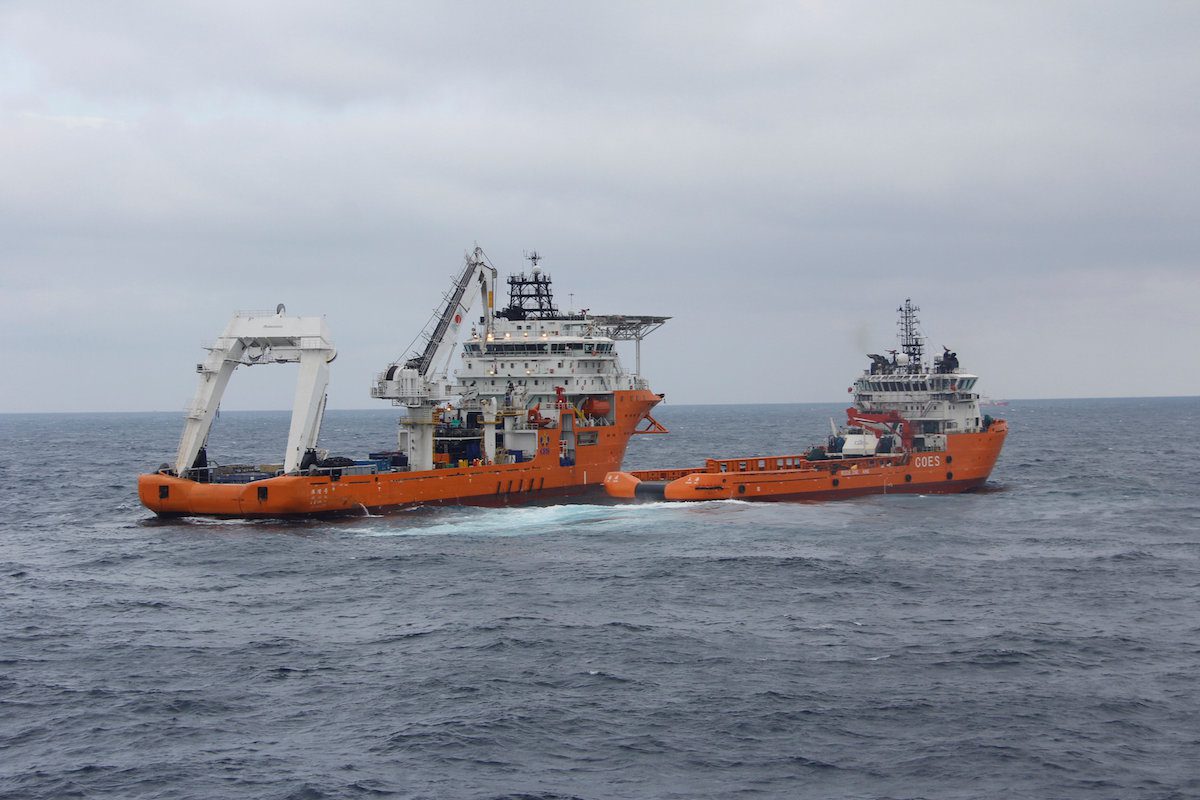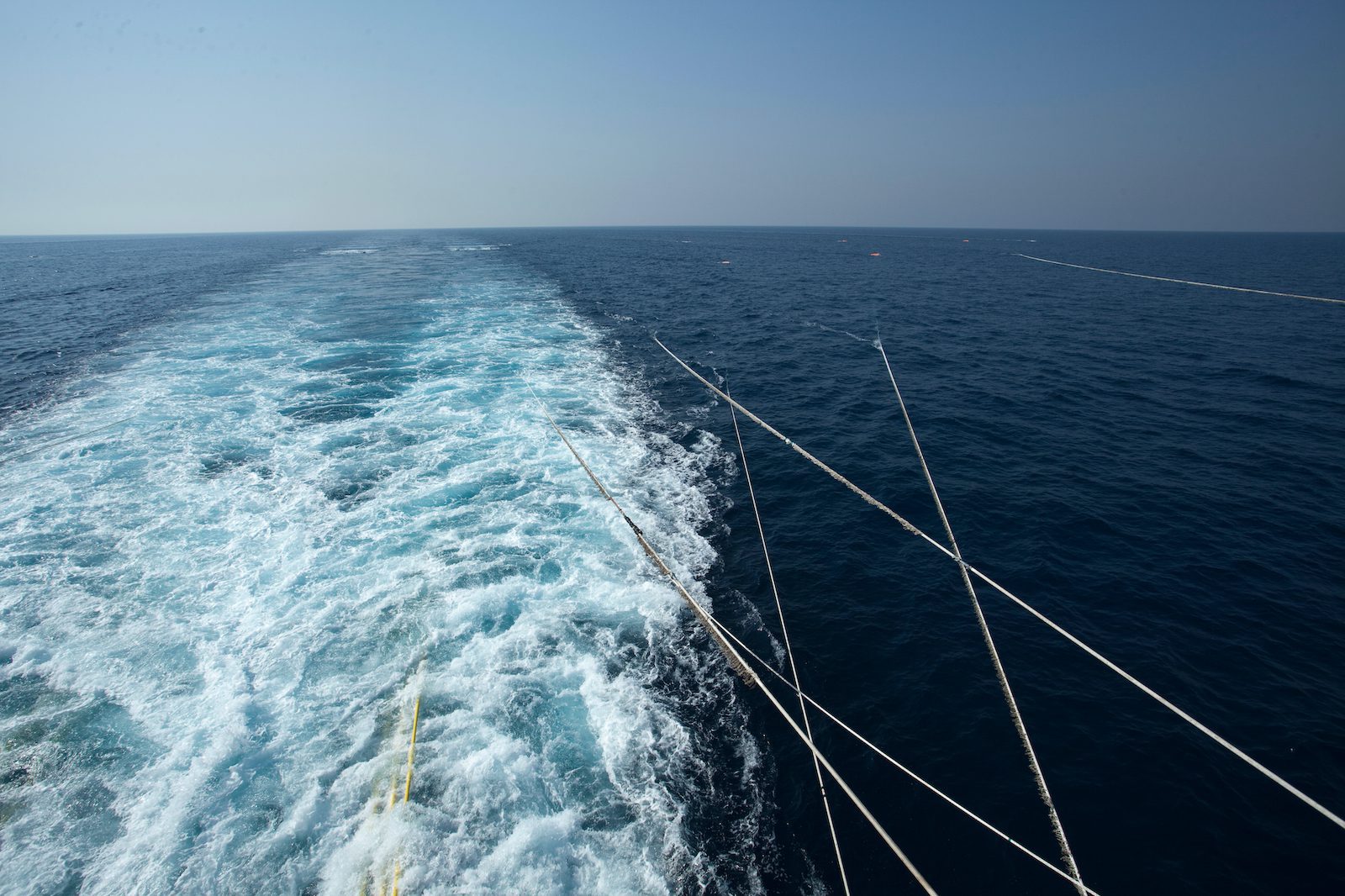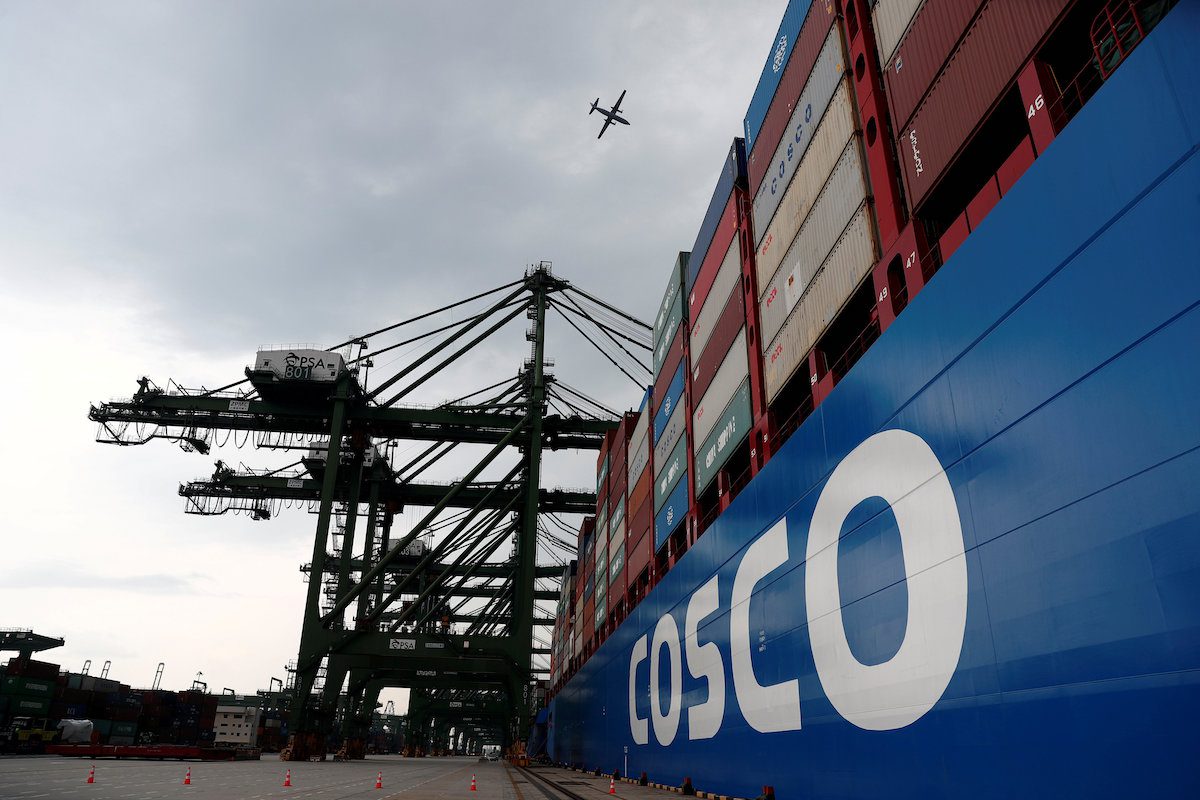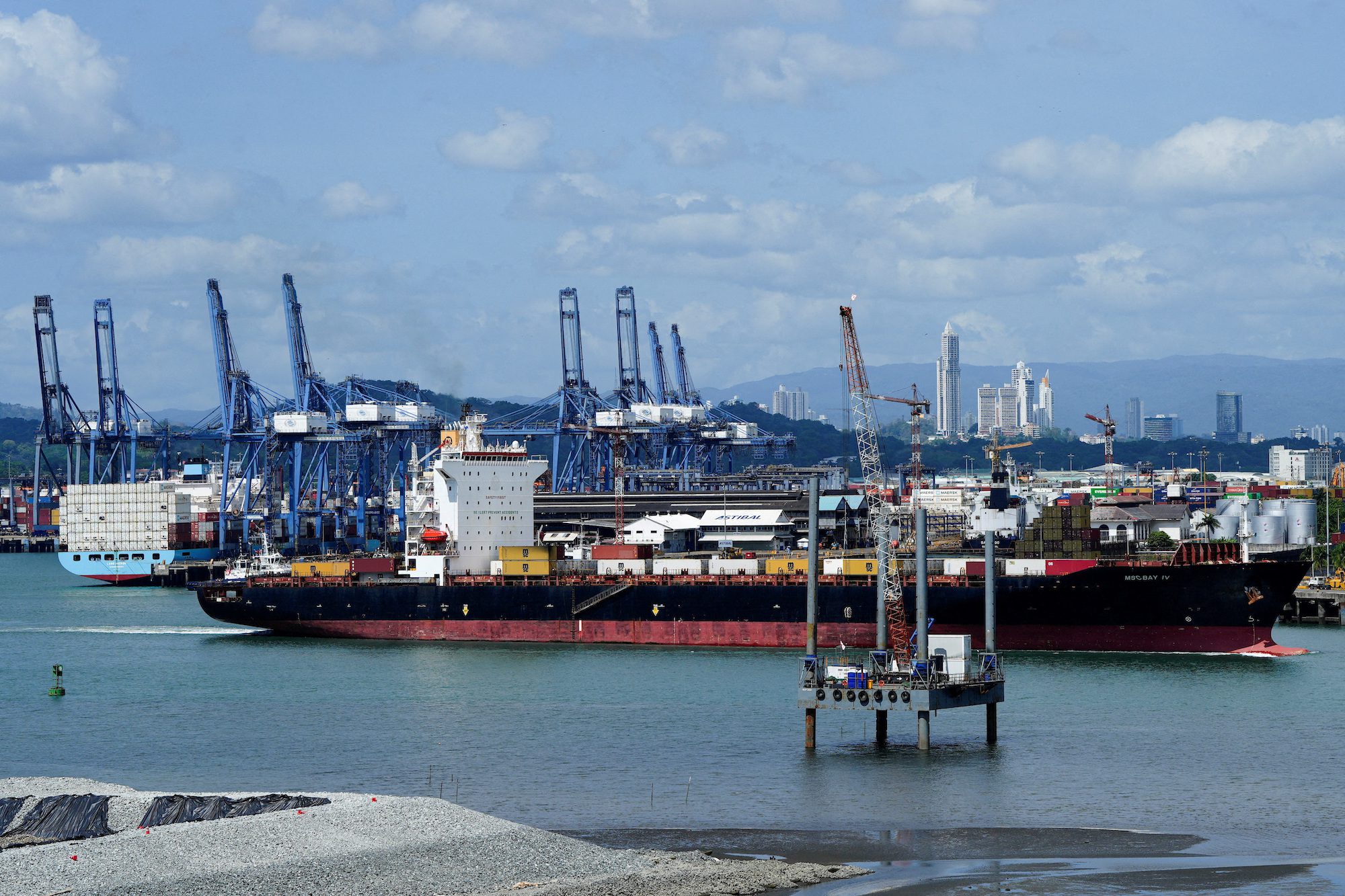Chinese rescue ships work to clean oil slicks from the sunken Iranian oil tanker Sanchi in the East China Sea, in this January 17, 2018 handout picture released by China’s Ministry of Transport January 18, 2018. China’s Ministry of Transport/Handout via REUTERS
China’s Ministry of Transportation announced on January 17 that the wreck of Sanchi has been located at a depth of 115 meters (377 ft).
 By Chen Aizhu and Muyu Xu BEIJING, Jan 19 (Reuters) – A sunken Iranian oil tanker may be leaking heavy bunker fuel as well as light oil off the east coast of China and the best remedy was to recover the vessel, officials said on Friday.
By Chen Aizhu and Muyu Xu BEIJING, Jan 19 (Reuters) – A sunken Iranian oil tanker may be leaking heavy bunker fuel as well as light oil off the east coast of China and the best remedy was to recover the vessel, officials said on Friday.
It was unclear how much bunker fuel was left aboard the tanker when it sank on Sunday after being ablaze for days but experts estimated it may have been carrying about 1,000 tonnes at the time of collision.
“There have been multiple appearances of oil slicks of different sizes and types at the sinking spot and nearby… the slicks exceeded 200 sq kilometers (77 sq miles) on Thursday,” Huo Chuanlin, of the State Oceanic Administration’s Ecological Protection Department, told reporters.
It was not immediately clear where the oil could wash up or the extent of the damage it could cause.
The large tanker Sanchi (IMO:9356608) sank in the world’s worst oil ship disaster in decades. The crew of 30 Iranians and two Bangladeshis are all believed to have been killed.
The tanker had been adrift and ablaze after crashing into the freighter CF Crystal (IMO:9497050) on Jan. 6. Strong winds pushed it away from the Chinese coast, where the collision happened, and into Japan’s exclusive economic zone.
Huo said no oil spills had been detected near the coast, though it was hard to predict the impact on ocean life.
The SOA on Thursday reported three slicks covering a combined area of just 20.7 square km.
Bunker fuel is the heavy oil used in ships’ engines and is difficult to remove from the sea once spilled, unlike condensate fuel – an extremely light form of oil – that was being shipped at the time of the collision.
Officials on Friday said the ship was carrying 111,300 tonnes of condensate before the accident. Most of the fuel evaporated after the ship caught fire.
They said recovering the vessel was risky and challenging, as the remaining condensate could catch fire again.
(Reporting by Muyu Xu and Josephine Mason; Editing by Nick Macfie)
(c) Copyright Thomson Reuters 2018.

 Join The Club
Join The Club











